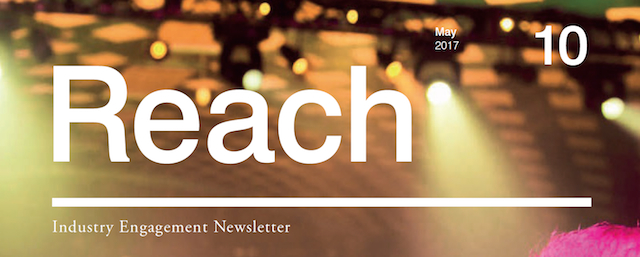Welcome
Fàilte
Welcome to the 10th edition of Reach, the College of Arts’ industry engagement newsletter. This edition has one over-arching theme and that’s future-thinking. The College continues to look toward the future by exploring the potential of new technology, perspectives and spaces.
Prof Roibeard Ó Maolalaigh
Read more... |
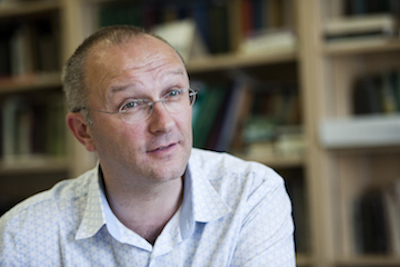 |
The Legacy of Censorship under Franco
Dìleab na Ceansarachd fo Franco
|
The Strathearn Environs and Royal Forteviot Project
Àrainneachdan Srath Èireann & Pròiseact Rìoghail Fhothair Tabhaicht
|
Listening to Refugee Voices
Ag èisteachd ri Guthan Fhògarrach
|
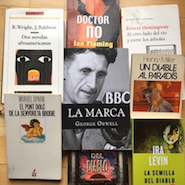 |
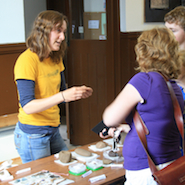 |
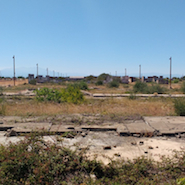 |
| For the forty years between 1936-1978 every single book published in Spain had to be submitted to the Board of Censors. These censors could then decide whether the book was fit for publication, and wrote a report stipulating the necessary changes to be made. Some books were banned altogether. This rigid censorship of Spanish literary culture began under the regime of Generalissimo Francisco Franco. |
The Strathearn Environs and Royal Forteviot project, or SERF, began in 2006 when three archaeologists decided to pursue their overlapping research interests in this landscape in Perthshire. They were fascinated by the landscape of Strathearn and its archaeological significance in both early prehistory and the medieval era. |
Dr Benjamin Thomas White, began to recognise parallels between the experiences and issues facing the refugees who have fled Syria since the outbreak of civil war in 2011 and that of other refugee communities and stateless peoples in his historical research. White argues that knowledge of that historical context is useful for humanitarian groups working with refugees in camps and here in Scotland today. |
| Read more... |
Read more... |
Read more... |
The Historical Thesaurus of English
Co-fhaclair Eachdraidheil na Beurla
|
The UK Live Music Census
Cunntas Ceòl-beò na Rìoghachd Aonaichte
|
New Writing Inspired by the 2016 Homeless World Cup in Glasgow
Sgrìobhadh ùr air a bhrosnachadh le Cupa na Cruinne: Gun Dachaigh, 2016 ann an Glaschu
|
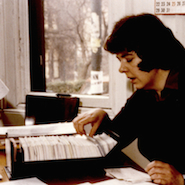 |
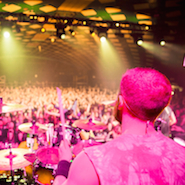 |
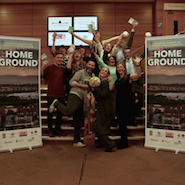 |
| In 1963 Professor Samuels concluded that the English language required a historical thesaurus – an inventory of all word senses recorded across time and the evolution of their meanings – in order to better understand our language, culture, and history. Samuels decided that he and his department would take on this mammoth task, which involved identifying and classifying the meaning of every known word from the last two millennia of English. |
The music industry is not a singular entity, but rather a web of interconnected industries including; recording, live music, and publishing. In Scotland, the live music industry has outstripped the value of the other sectors for some time now. The UK Live Music Census is an eighteen-month project which aims to work out the value of live music across the United Kingdom. |
In 2016, George Square in the centre of Glasgow was turned into a giant street football venue for the Homeless World Cup. National teams played between the 10-16 July, with Mexico emerging victorious in both the women’s and men’s competitions. Over the course of the week the matches were watched by an estimated 80,000 spectators. |
Read more...
|
Read more...
|
Read more...
|
In/Human: The Body as Resource
A’ Bhodhaig mar Ghoireas
Inspired by the themes present in the objects collected by William Hunter (1718-1783) and his fascination with anatomy and art, and the possibilities afforded by Kelvin Hall, this event was a result of a collaboration of four students on the Curatorial Art Masters.
Read more...
|
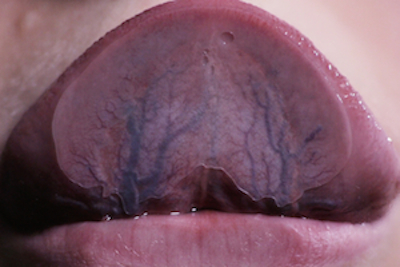
|
Using Virtual and Augmented Reality Technology
A’ cleachdadh Teicneòlas Mas-fhìorachd & Teicneòlas Fìorachd Meudaichte
There is huge potential for the use of VRAR in education, with the digital native generation looking for greater connection and accessing of information than before. Across a number of disciplines VRAR can support academics to discover new worlds, reach distant locations, visualise data and understand micro and macro environments at human scale.
Read more...
|
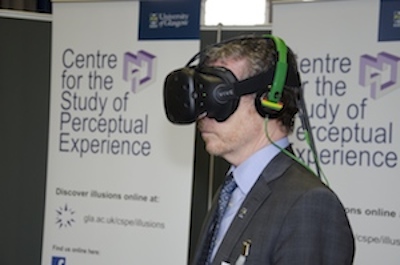
|
